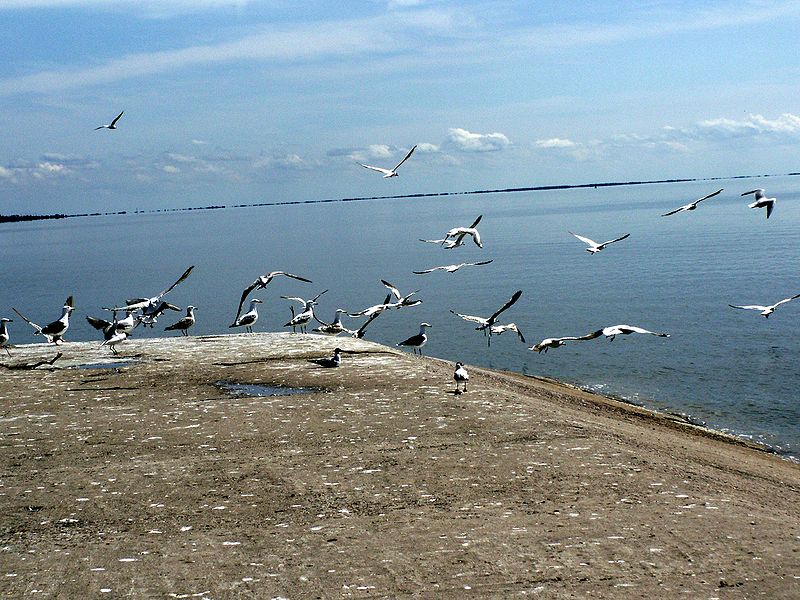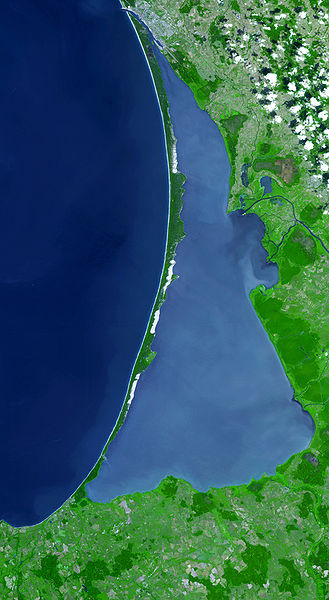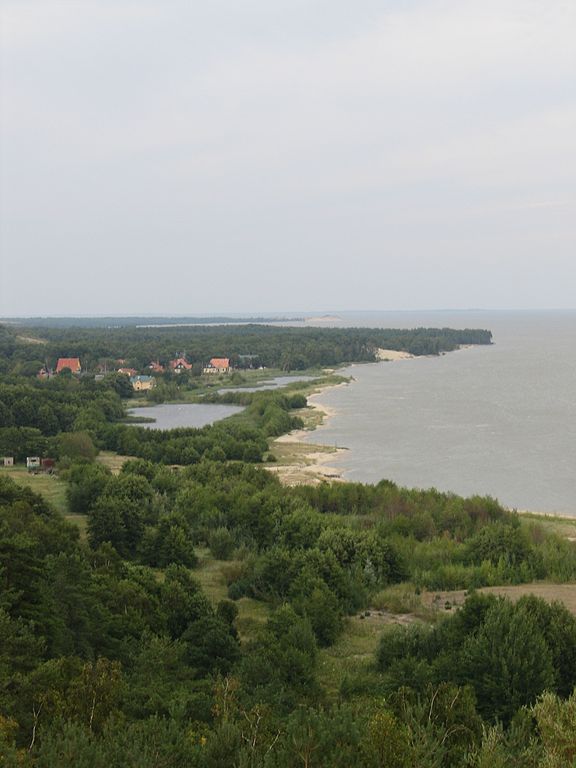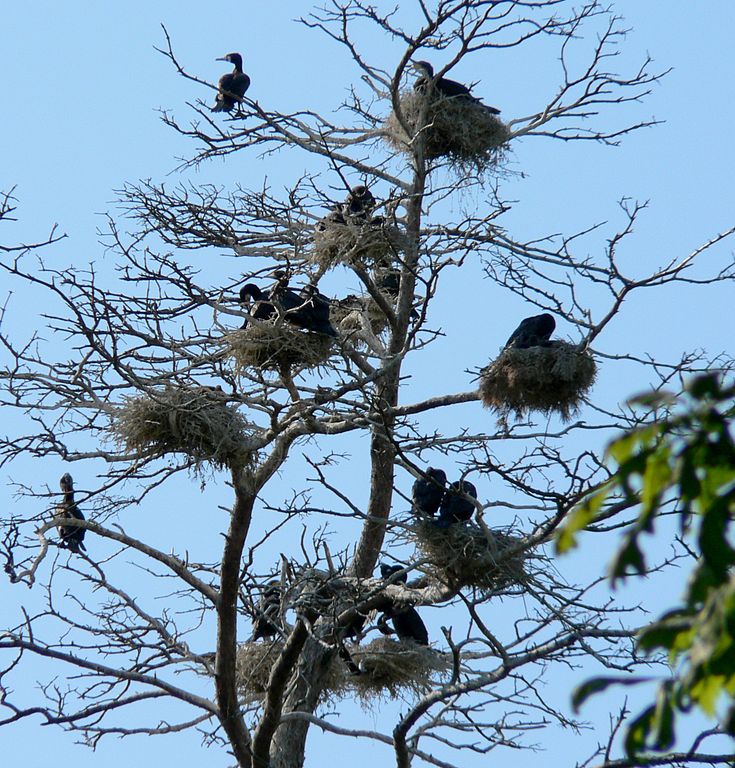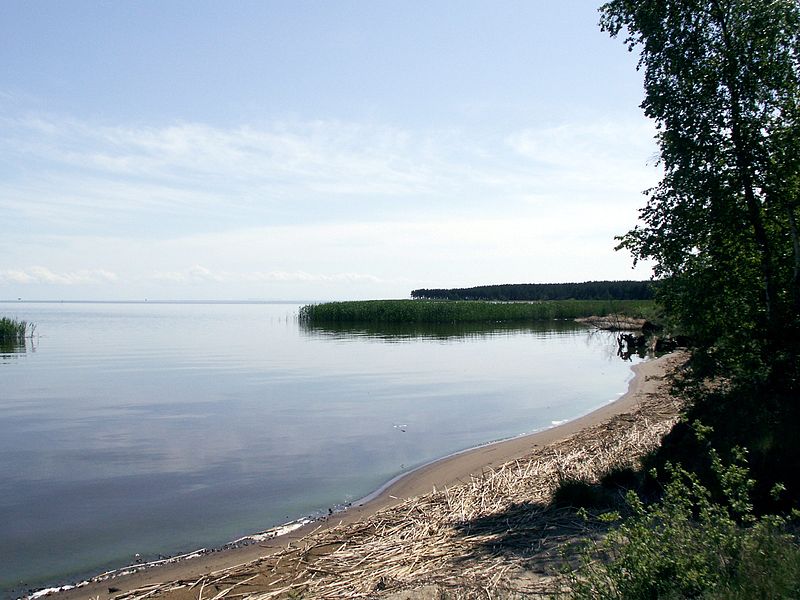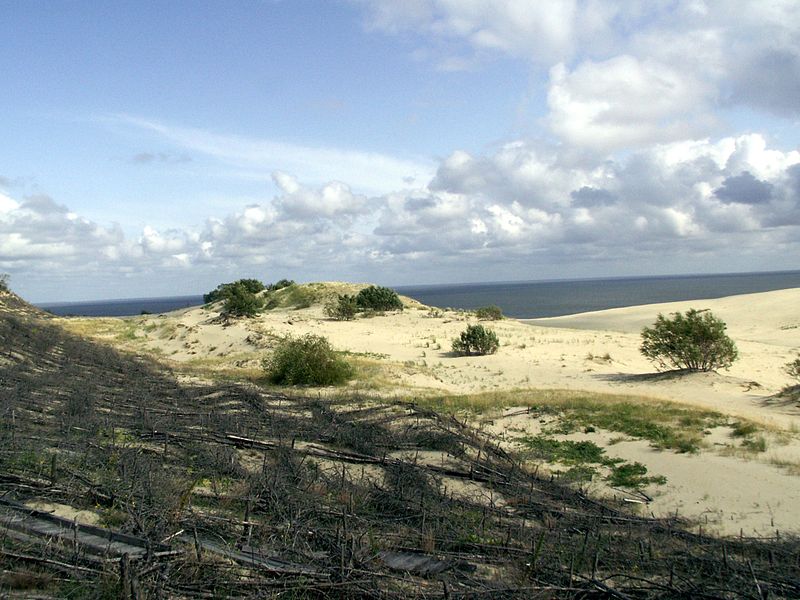Curonian Spit
The Curonian Spit is a national park in the Kaliningrad Region, established in 1987. The park is a strip of sand from Zelenogradsk to the city of Klaipeda in Lithuania, separating the Baltic Sea from the Curonian Lagoon. A national park of the same name has also been established on the Lithuanian part of the spit. The total length of the spit is 98 kilometers, and the width varies from 400 meters to almost 4 km.
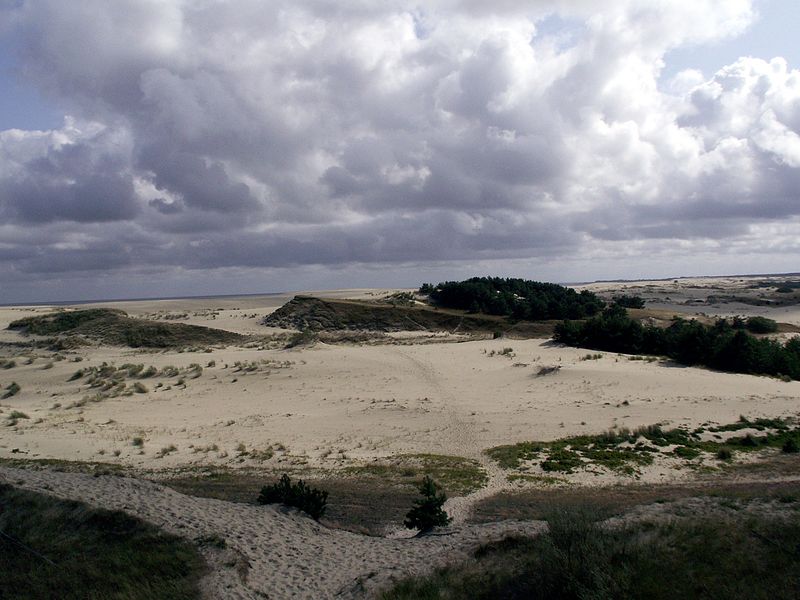
The name originated from the ancient tribe of the Curonians, who once lived here. Due to its unique natural and anthropogenic relief and biological diversity, the Curonian Spit was included in the UNESCO World Heritage List in 2000. The Curonian Spit combines desert and tundra landscapes, over which 10-20 million migratory birds fly in autumn and spring. Because of this, the Curonian Spit is also called the bird bridge, and in 1901, the German ornithologist Johann Tinemann built an ornithological station here. In total, 102 species of birds live on the spit all the time, and about 150 species of birds migrate from Northern Europe to Africa, many of them stop for food and rest on the spit.
For the Kaliningrad region, the park is a calling card and one of the favorite places of recreation for residents and visitors of the region. Although the park's territory is very small, it is visited by more than 100,000 people annually to admire the wonderful nature of the region. Due to the good climatic conditions on the Curonian Spit, it is comfortable to spend time from May to November, sunbathe on the beaches, and swim both in the salty waters of the Baltic Sea and in the fresh waters of the bay. For the convenience of tourists, there are several tourist routes passing through the most interesting places.
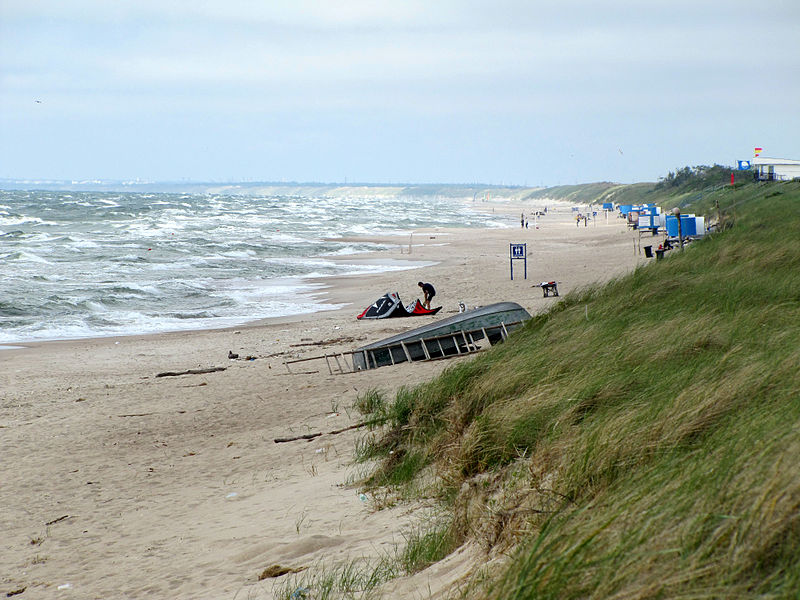
The route "Royal Forest" passes by centuries-old coniferous trees and thickets of introduced and giant thuja. Prussian falcons used to be trained for royal hunting in the local water meadows. On the Fringilla Ornithological Station route, during an excursion led by ornithologists, you can learn more about migratory birds. On the Efa Height trail, you can fully see the landscapes of shifting sands, forests, the sea, and the Gulf of the Curonian Spit from the observation deck. Of no less interest is the "Dancing Forest", a piece of forest planted in 1961 to consolidate the sands of the Curonian Spit. The forest got its name because of hundreds of twisted pines. The reasons for this tree shape are not fully clear, but the main version is damage to young pine shoots by caterpillars.
Approximately 70% of the territory is occupied by forests, in which about 600 varieties of vegetation can be found: trees, grass, shrubs. Of the animals, moose, wild boars, roe deer, and foxes are common, with a total of 296 species of vertebrates.
